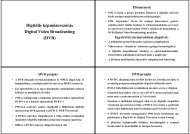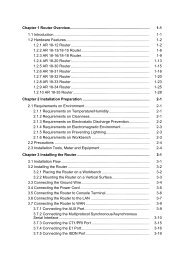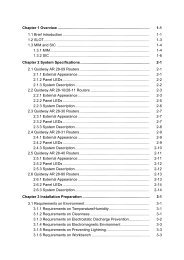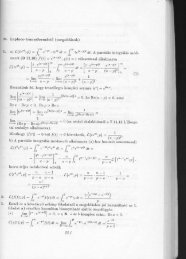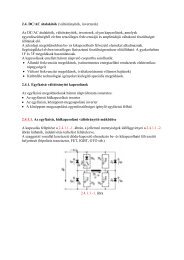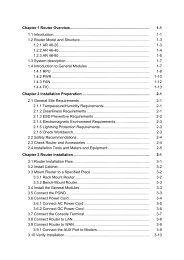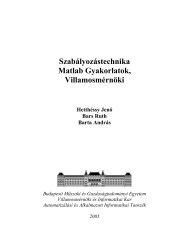chapter 8.pdf
chapter 8.pdf
chapter 8.pdf
You also want an ePaper? Increase the reach of your titles
YUMPU automatically turns print PDFs into web optimized ePapers that Google loves.
Section 8.3 Sequential PLDs 589DO NOT COPYRegisteredCombinationalOE CLKoutput logic macrocellOE CLKoutput logic macrocellDO NOT COPYD QQ(a)(b)Figure 8-21 Output logic macrocells for the 16V8R: (a) registered; (b) combinational.DO NOT COPYflip-flops are provided on all outputs. Notice that all of the flip-flops arecontrolled by a common clock signal on pin 1, as in the bipolar devices of thepreceding subsection. Likewise, all of the output buffers are controlled by acommon output-enable signal on pin 11.DO NOT COPYThe circuitry inside each dotted box in Figure 8-20 is called an output logic output logic macrocellmacrocell. The 16V8R is much more flexible than a PAL16R8 because eachmacrocell may be individually configured to bypass the flip-flop, that is, toproduce a combinational output. Figure 8-21 shows the two macrocell configurationsDOthat are possibleNOTin the 16V8R; (a) is registeredCOPYand (b) iscombinational. Thus, it is possible to program the device to have any set ofregistered and combinational outputs, up to eight total.The 20V8 is similar to the 16V8, but comes in a 24-pin package with four 20V8extra input-only pins. Each AND gate in the 20V8 has 20 inputs, hence the “20”in “20V8.”DO NOT COPYTHE “SIMPLE” The “simple” 16V8S configuration of the GAL16V8 is not often used, because itsDO16V8S capabilitiesNOTare mostly a subset of the 16V8C’s.COPYInstead of an AND term, the 16V8Suses one fuse per output to control whether the output buffers are enabled. That is,each output pin may be programmed either to be always enabled or to be always disabled(except pins 15 and 16, which are always enabled). All of the output pins(except 15 and 16) are available as inputs to the AND array regardless of whether theDOoutputNOTbuffer is enabled.COPYThe only advantage of a 16V8S compared to a 16V8C is that it has eight, notseven, AND terms as inputs to the OR gate on each output. The 16V8S architecturewas designed mainly for emulation of certain now-obsolete bipolar PAL devices,some of which either had eight product terms per output or had inputs on pins 12 andDO19,NOTwhich are not inputs in the 16V8CCOPYconfiguration. With appropriate programming,the 16V8S can be used as a pin-for-pin compatible replacement for thesedevices, which included the PAL10H8, PAL12H6, PAL14H4, PAL16H2,PAL10L8, PAL12L6, PAL14L4, and PAL16L2.Copyright © 1999 by John F. WakerlyCopying Prohibited




